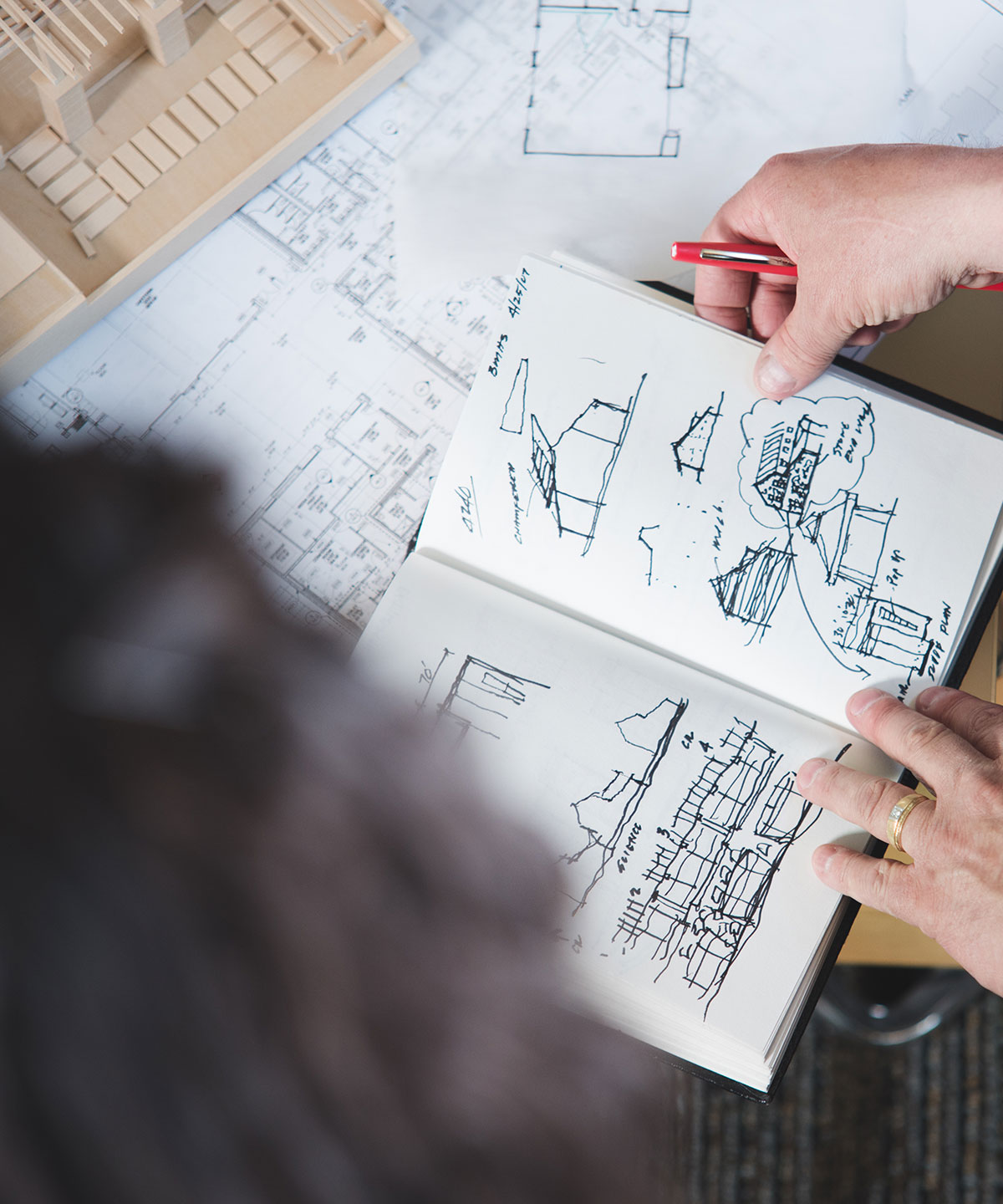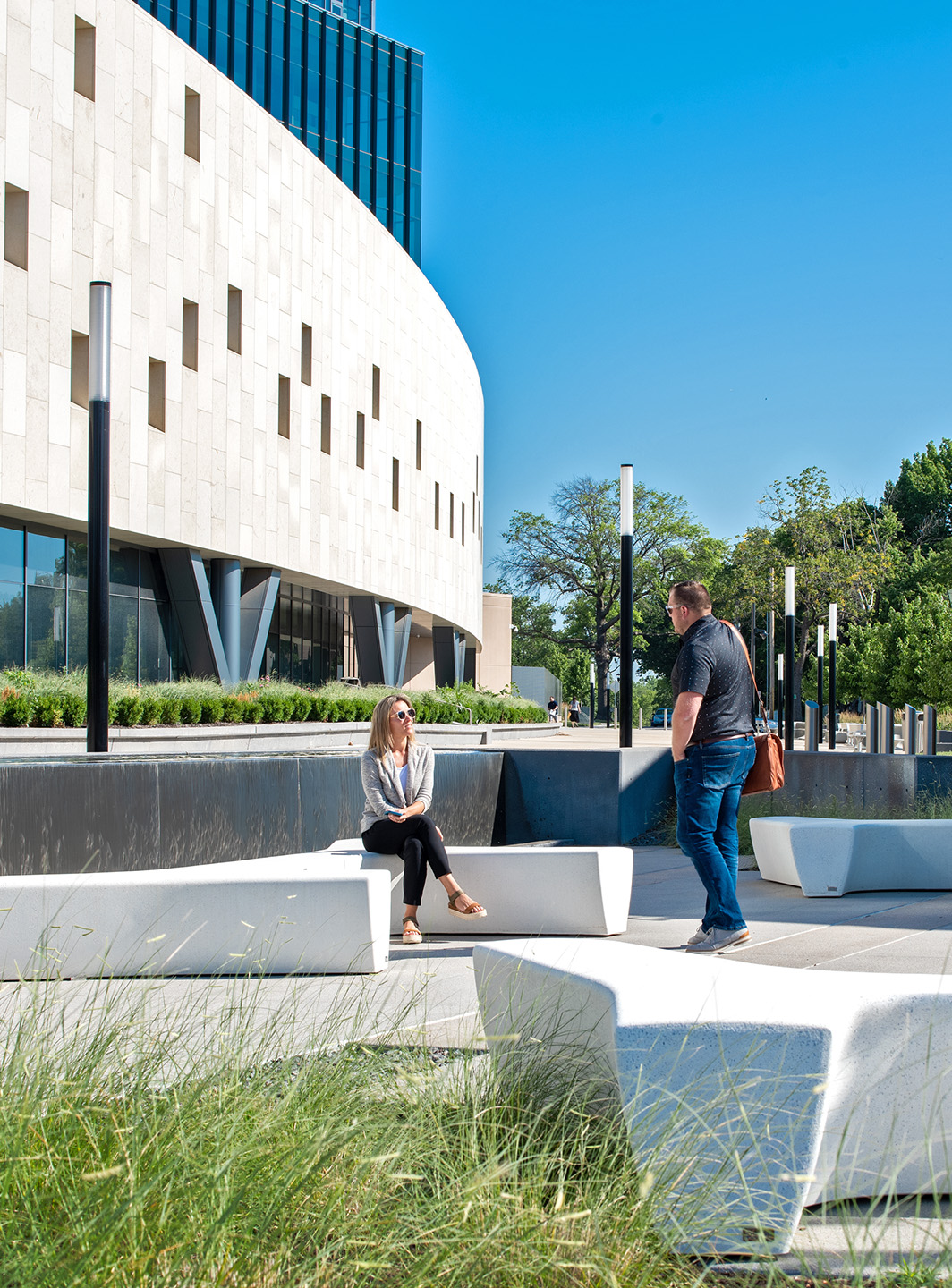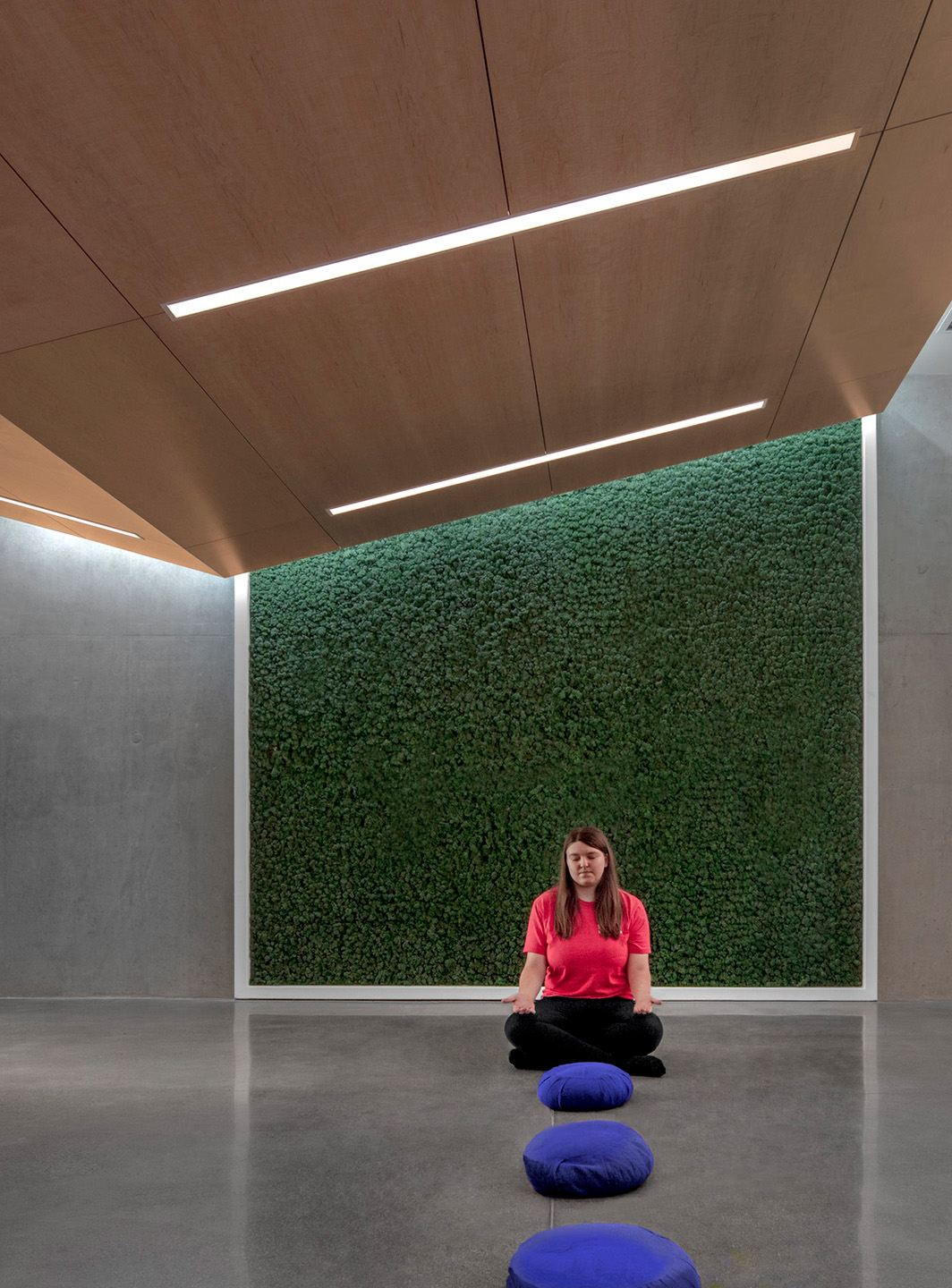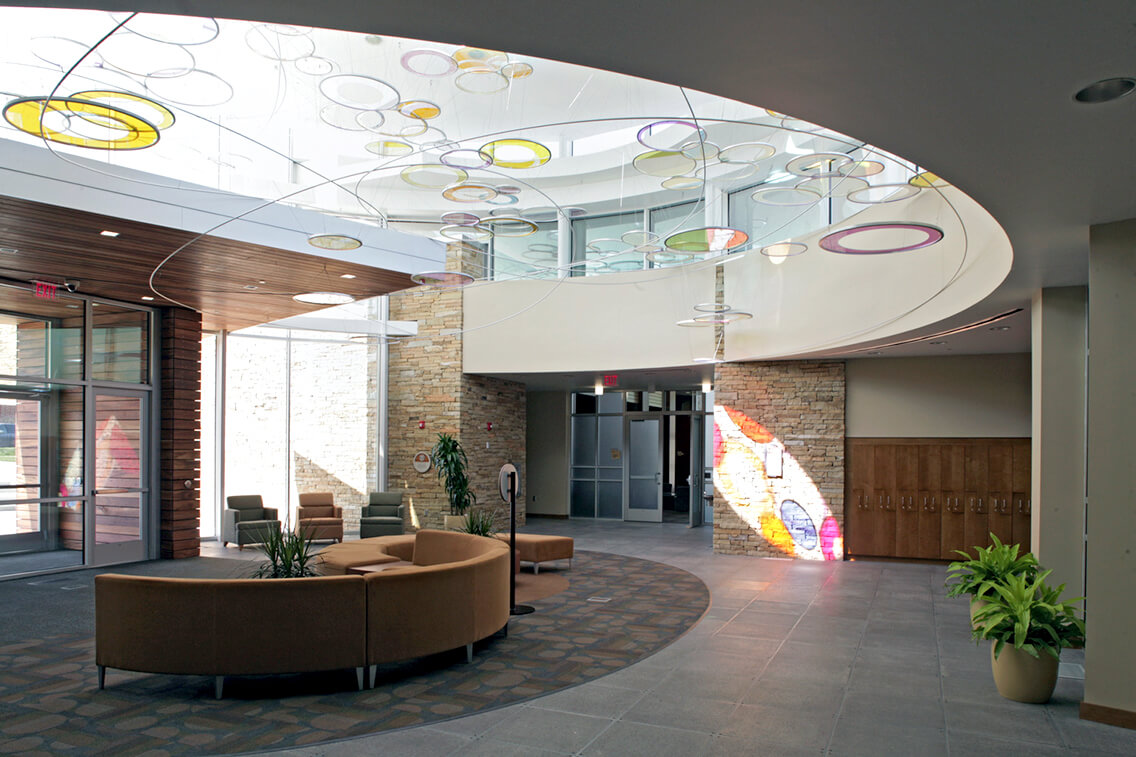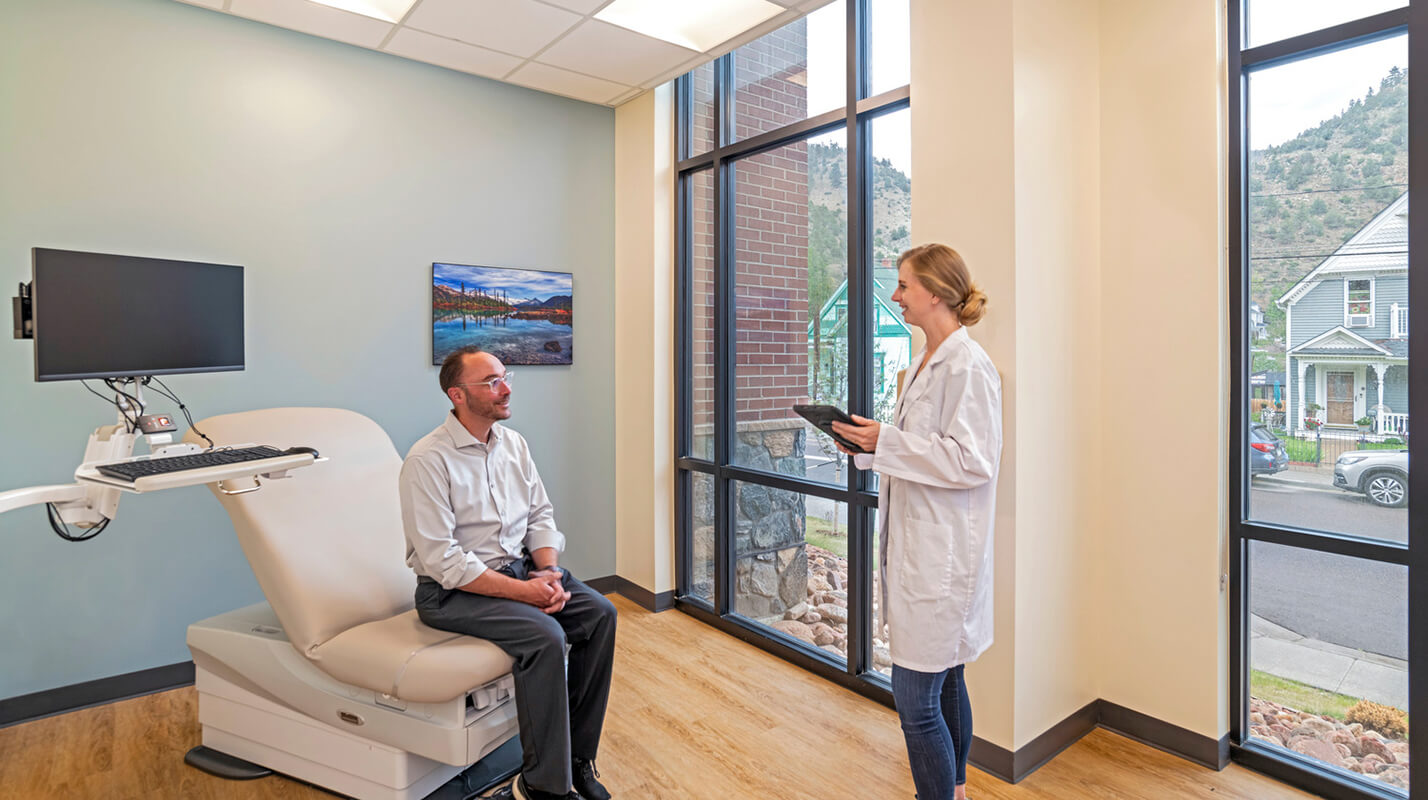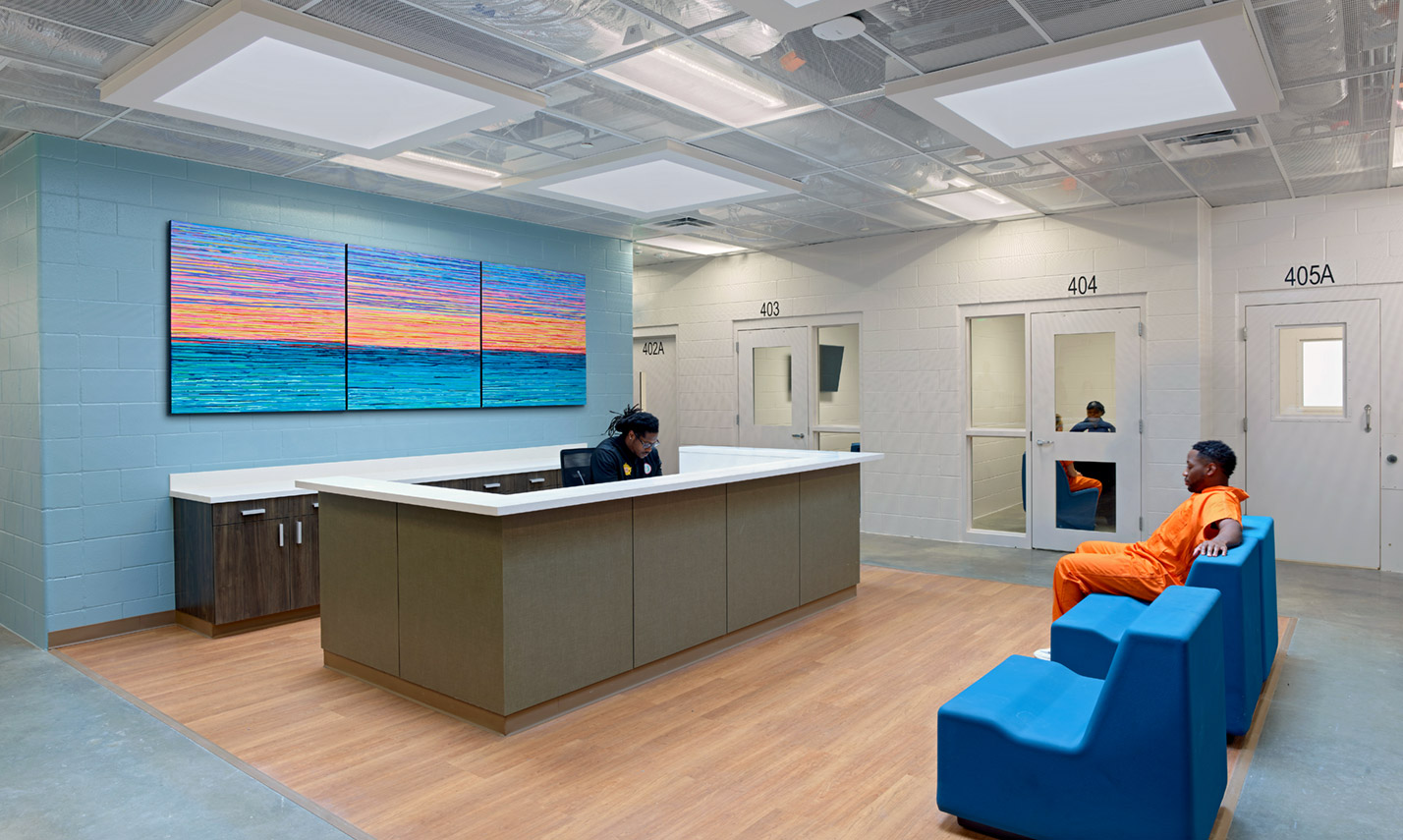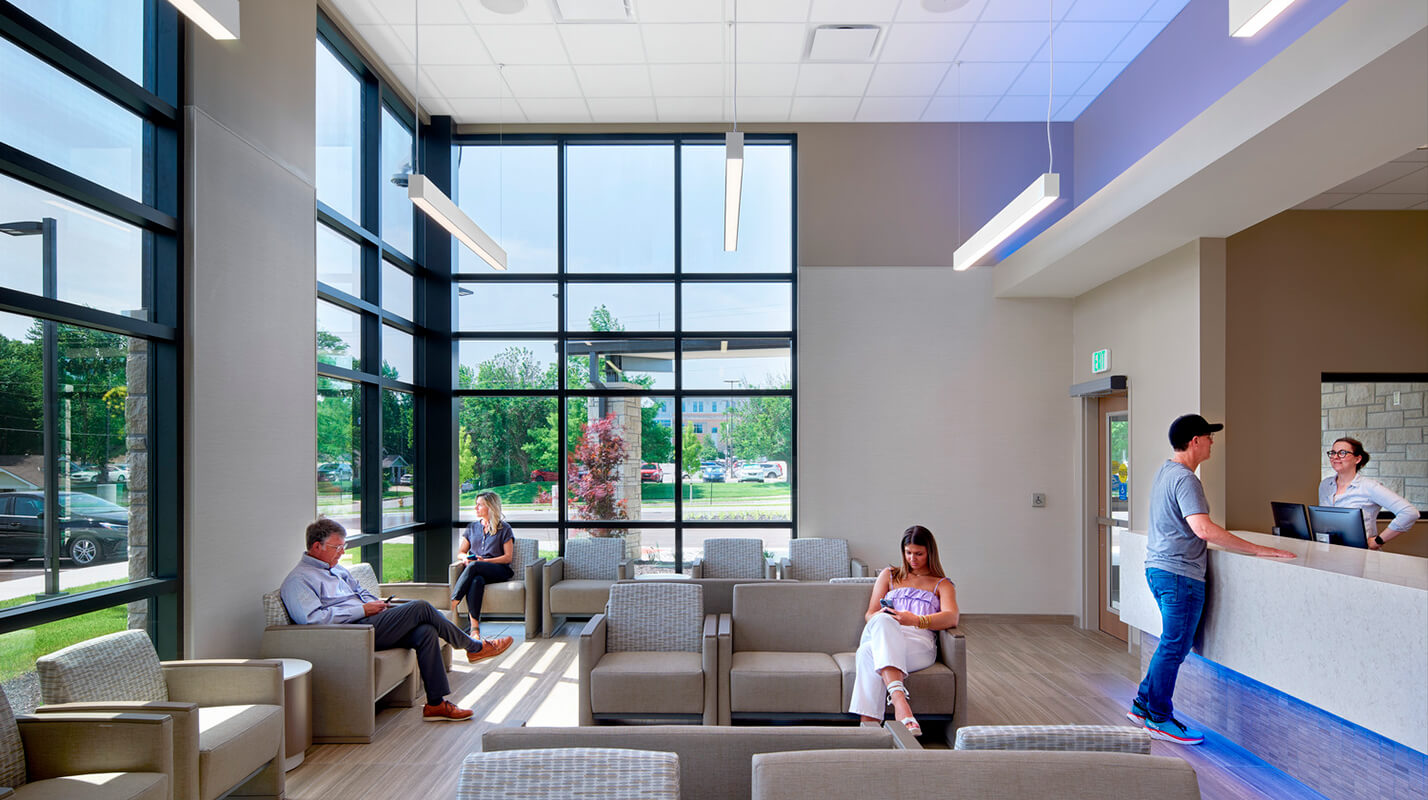Five ways thoughtful design can improve juvenile outcomes
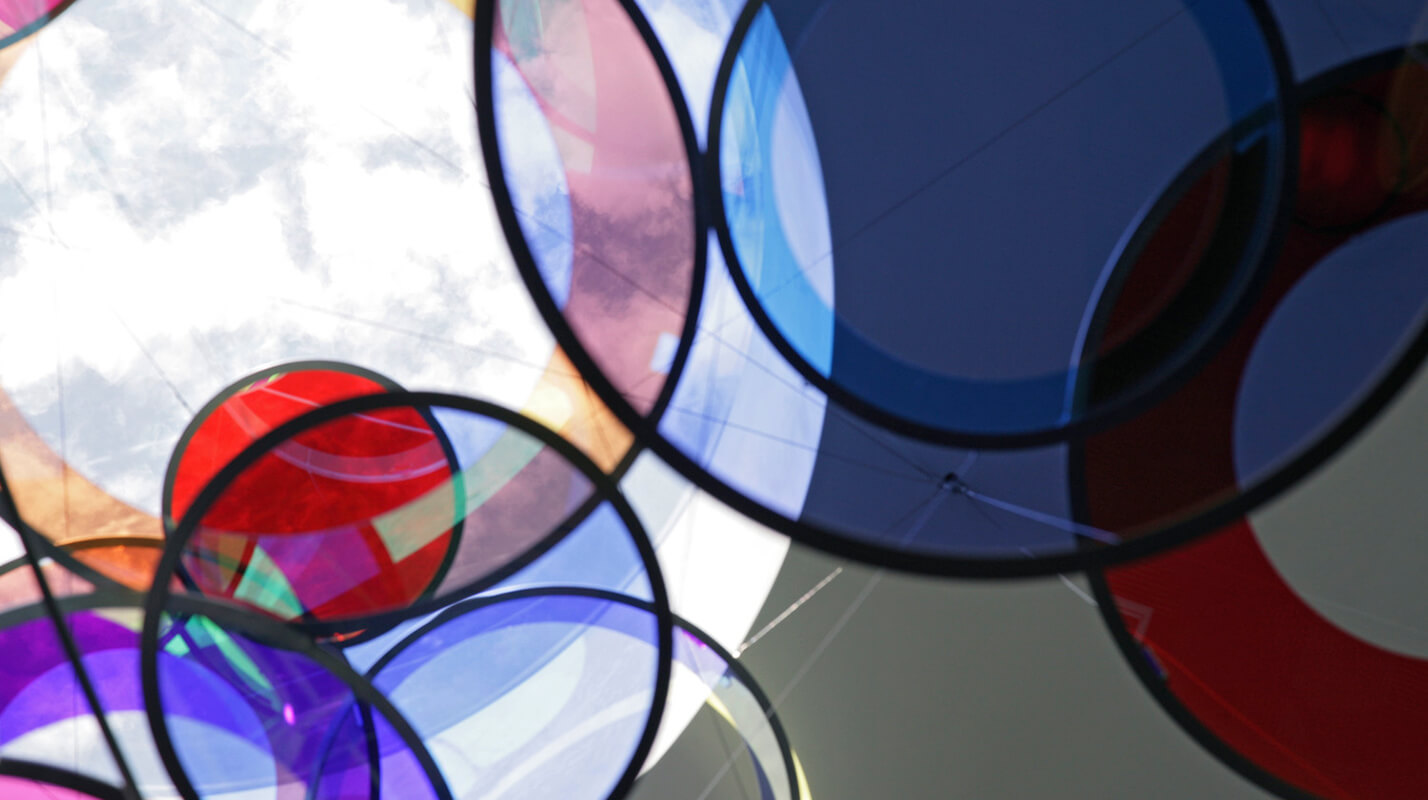
Juvenile’s problems don’t begin and end within one space and point in time
More than 423,000 juvenile delinquency cases are processed in American courts annually, with over half of those cases adjudicated as delinquent. The average fiscal cost for secure detention of a young person has also increased by 44% over the past decade. The price of detention on juvenile’s long-term wellness also rises during an age when triggers such as school bullying persist beyond the physical boundaries of campus.
Rehabilitating juveniles who enter the justice system requires more than sending them to a detention center. Yet, for many localities, a hardened, jail-like environment is the primary space available. Not only does a wider range of treatment-based environments support counseling for youth within these spaces, it can also provide a more efficient and effective juvenile justice operation.
“You have to start with the whole continuum of care. A continuum of care only works if you have the different environments that match those varying needs.”
Dan Rowe, President at Treanor
Designing an effective environment for serving youth—from those showing signs of trouble to those in detention—involves more than a checklist of must-haves. As the award-winning Johnson County Youth and Family Services Center illustrates, taking a more comprehensive and intentional design approach has several benefits for juveniles, facility staff, and the community.
Provide an environment that influences positive behavior
Justice facilities are not meant to be homes, but that doesn’t mean they have to feel cold and uncaring. Even in detention facilities, a more normative environment can keep youth from feeling threatened, allowing calmer and more successful interactions with staff, says Bobbie Huskey, a clinical and facility programmer with Huskey & Associates.
Private, clinic-style intake spaces with proper desk seating can provide a sense of safety and value. Uplifting colors, softer finishes such as natural hardwoods and glass, moveable “home-like” furniture and a lack of perimeter fencing all create a less stressful setting for teenagers—especially those dealing with addiction, psychiatric disorders, or prior abuse. These design choices also create a more welcoming environment for the community and local families seeking early intervention services.
“The whole experience of entering the justice system is one that triggers a fight or flight response, which can present itself as withdrawal or defiance of authority,” says Bobbie. “People say, ‘we’re not trying to make it comfortable,’ but they’re misinformed. If we minimize trauma by providing a calm and nonthreatening environment, we make it a lot more manageable for staff.”
Promote well-being with access to daylight and the outdoors
Access to natural light helps lower blood pressure and reduce stress, yet this element is not always top-of-mind in justice facility design. While American Corrections Association standards require natural light in sleeping and day areas, Johnson County’s facility takes advantage of natural light in 98% of the building. Adding daylight and views to the outdoors can play an important role in healing and well-being for both juveniles and staff—without increasing costs.
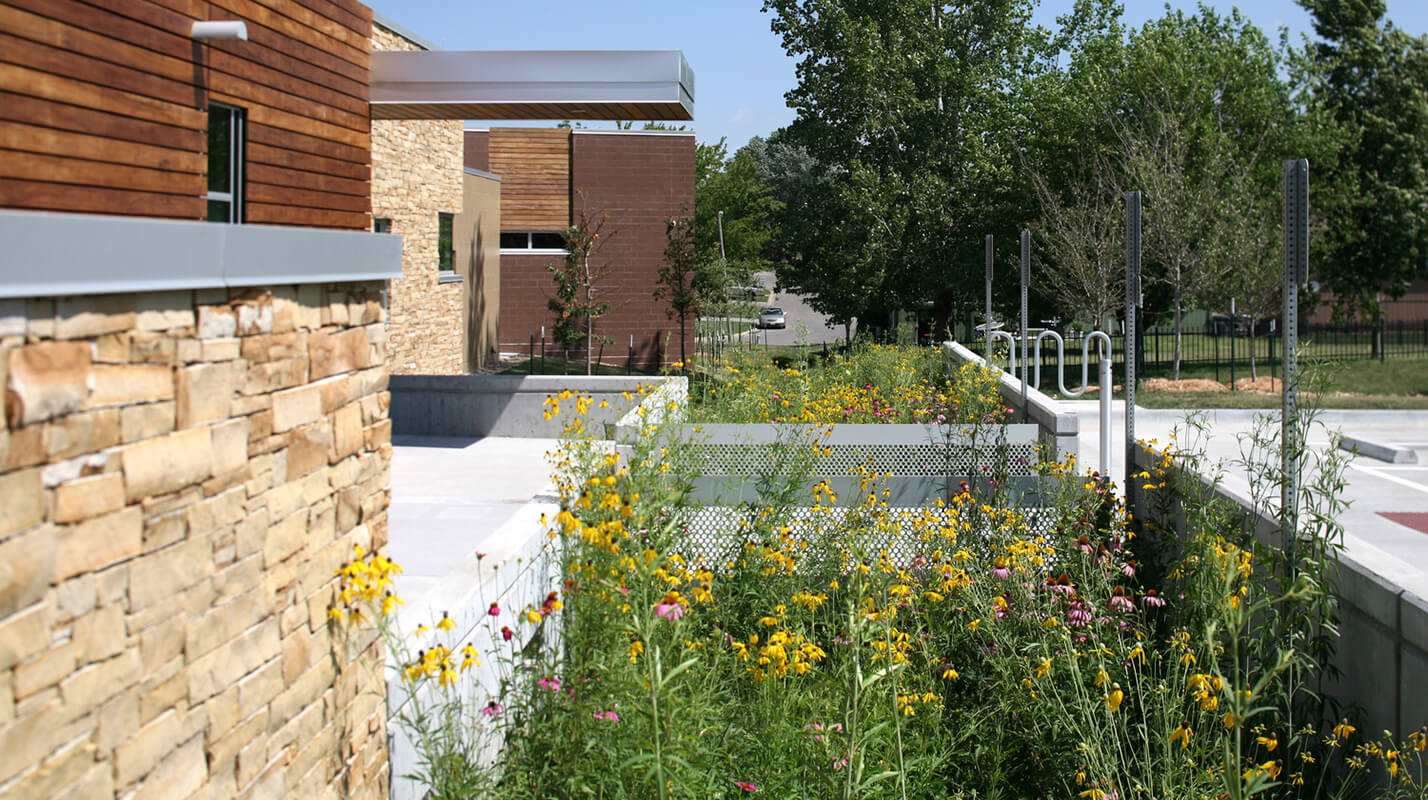
While access to outdoors spaces is important for therapy-focused juvenile detention facilities, security also remains a top priority for justice clients. An architect can help provide creative solutions that balance both. With this in mind, Johnson County’s trapezoid-shaped building is built around a similar-shaped center courtyard that offers a secure park-like green space. The space is easy for staff to monitor without needing a perimeter fence. From inside, views out into the natural landscape connect people to nature and help orient them within the space.
Center the design around thoughtful programming
The long-term residents of any justice facility are the staff members who provide critical services daily. A supportive design centered around thoughtful programming makes it easy for facility staff to accomplish their work. Facilities that combine learning, therapy and housing require circulation patterns and floor plans that move people around the building and promote healthy interaction. Depending on the program, you may need designated spaces for group counseling, social time, visitation, classrooms and libraries, single- or double-occupancy bedrooms, staff stations, training rooms, transitional buffers and soundproofing between those spaces.
Search for ways to streamline your operations
Smart facility design also addresses operational staples such as regular training that takes place in juvenile facilities, as well as respite and administrative spaces staff need to do their jobs. In a therapeutic setting, it may also require smaller buildings meant for just 8-12 youth to create a safe and efficient environment.
“An architect’s role is to give staff members the types of environments they need to help juveniles get back on track. The payoff is increased productivity, less sick time, and staff members who are better equipped to work with the youth and families in their care.”
Dan Rowe, President at Treanor
Johnson County’s decision to co-locate detention and treatment facilities is a national trend. Not only does this offer ways to share training and service spaces and increase staff collaboration, but co-located facilities can also save money. Depending on the situation, it could significantly reduce site acquisition and construction costs, consolidate management positions, and reduce administrative costs, says Huskey.
Provide therapeutic elements that resonate with juveniles
A county-wide initiative in Johnson County brings art-based therapy directly into the programming of their Youth and Family Services Center. The initiative allocated a percentage of the project budget for public art, providing a therapeutic element into the building’s design.
The County commissioned artist Suikang Zhaov to design an installation throughout the facility, from outdoor spaces to the lobby and dayrooms. The installation features poetry and sculptures from juveniles in custody. Engaging the kids and creatively integrating their original artwork in a lasting way helps build self-worth, self-expression, and feelings of value that can help reduce the possibility of them returning to the juvenile justice system.
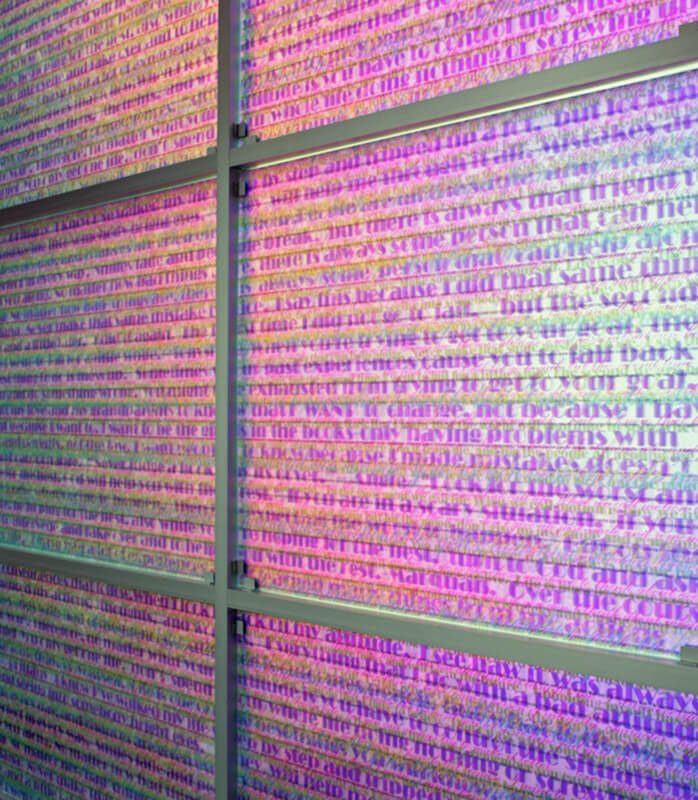
No budget is too small to make a difference in your community
Not all jurisdictions have extensive resources, but that doesn’t mean a comprehensive or restorative approach is impossible. Taking the time up front to explore all the possibilities helps the community, because residents are going to have to live with the result for a long time. Even on a small budget, solutions are possible. Civic architecture allows buildings to communicate how a community feels about itself and its kids.
Authors
Stay on the leading edge
Stay up to date on emerging trends, research, hot topics, and more delivered conveniently to your inbox.
"*" indicates required fields
